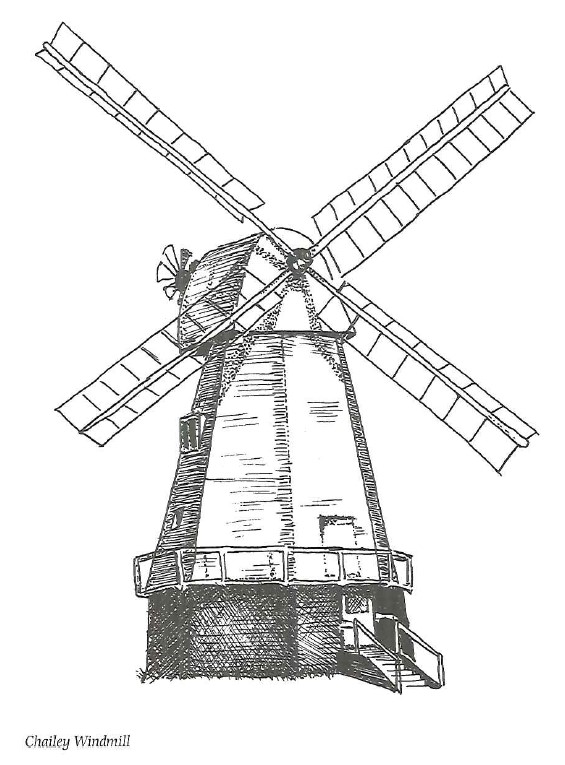The hospitality at the big house, principal family seat of the Pelham family from 1595 until 1768, was lavish enough to prompt the diarist Thomas Turner (see East Hoathly) to put pen to paper: “The ale was strong at Halland House, and it flowed as freely there as it did in other old halls, in what are called the days of the “fine old English gentleman”. Many about we had of it. I may safely assert that when we have met in the hall upon any occasion, political or otherwise, not one of us has returned home thoroughly sober.’
The building was dismantled at the end of the 18th century and used as a source of building materials when the Pelhams deserted Halland for Stanmer.
Architecture of the 20th century caused an outrage here in the 1930s when Serge Chermayeff’s design for the house Bentley Wood was found so shocking by the Rural District Council that it refused planning permission. Client and architect won the day at a public inquiry, and the glass and cedarwood home is still striking today.
Local legend asserts that Terrible Down was the scene of one of England’s ‘forgotten’ battles, when fugitives from Henry III’s beaten army at the Battle of Lewes turned to face their pursuers and were massacred. Another version is that Alfred the Great clashed with an army of marauding Danes. Both tales describe with relish that the slaughter was so great the combatants waded ankle deep’ in blood and that the streams ran red. In fact, Terrible Down is rather a terrible-dome down because its name actually originated as tod hyll, ‘the turd-hill or midden’. It is recorded as Tordehelle in 1296 and only in later centuries was the name altered to conceal its unpleasant beginnings with ‘down’ added for good measure. It emerged through the years as Turbyldoune, Torbildoune, Terbil Downe and Tyrryble doune.
